QCF: Sonic Mania Plus
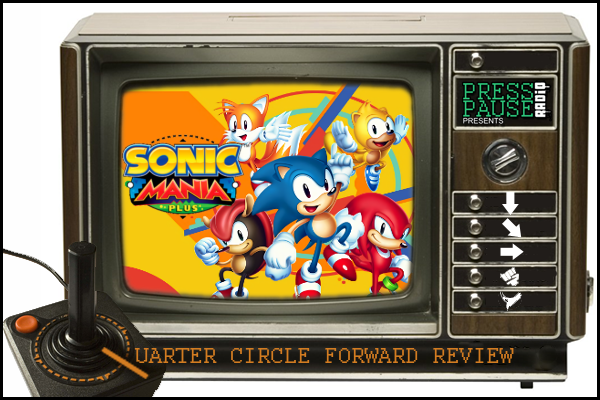
 fter less than a year from its initial release, the folks over at Head Cannon, Pagoda West, and some other new faces at work have released a new expansion to the critically successful Sonic Mania, with Sonic Mania Plus. The extra content includes a new arranged campaign mode with remixed levels, a four-player split-screen competitive mode, and the inclusion of two more playable characters, (both of which haven’t been seen a commercial sonic title in over 20 years,) and more.
fter less than a year from its initial release, the folks over at Head Cannon, Pagoda West, and some other new faces at work have released a new expansion to the critically successful Sonic Mania, with Sonic Mania Plus. The extra content includes a new arranged campaign mode with remixed levels, a four-player split-screen competitive mode, and the inclusion of two more playable characters, (both of which haven’t been seen a commercial sonic title in over 20 years,) and more.
While Sonic Mania proved that it was more than just a simple throwback release for the fans, however, the added “Plus” to the title’s re-release ironically struggles to augment the core package with any upgrade significant enough to differentiate it from the same game that casual players have already played all those months ago.
As compelling as more Sonic Mania sounds, the main-game already suffered from a lack of premier content, as a majority of the stages and enemies featured in it were simply remastered versions that were lifted right out the Hedgehog’s Genesis titles. Granted, while the Mania arrangements of these levels are stellar in their own right, with plenty of more flair, and energy than their original iterations, The “Plus” treatment given to them in the second go-around of Mania seems to exacerbate the fleeting desire for more.
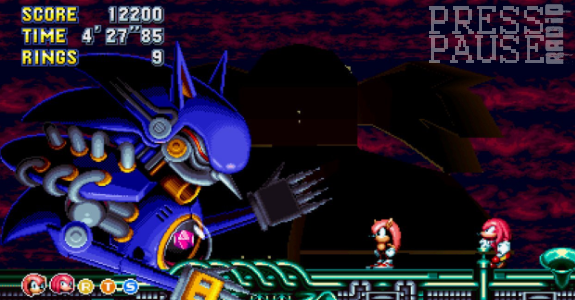
The story campaign, Encore Mode, for example, detrimentally lives up to its namesake, with level rearrangements that are arguably more aesthetic than they are dynamic—in layman’s terms, all thriller, and no filler. Frankly, the most noticeable difference in the Encore counterparts of the returning stages is the color palate—fundamentally speaking though, not so much. Aside from a one or two more route options in the level, or a modified platform placement here or there, only the most eagle-eyed of Mania veterans will actually be able to point out what’s different in Encore Mode. The only real new additions to be found in the repackaged campaign is an extremely short-lived romp through the classic Angel Island Zone in the early 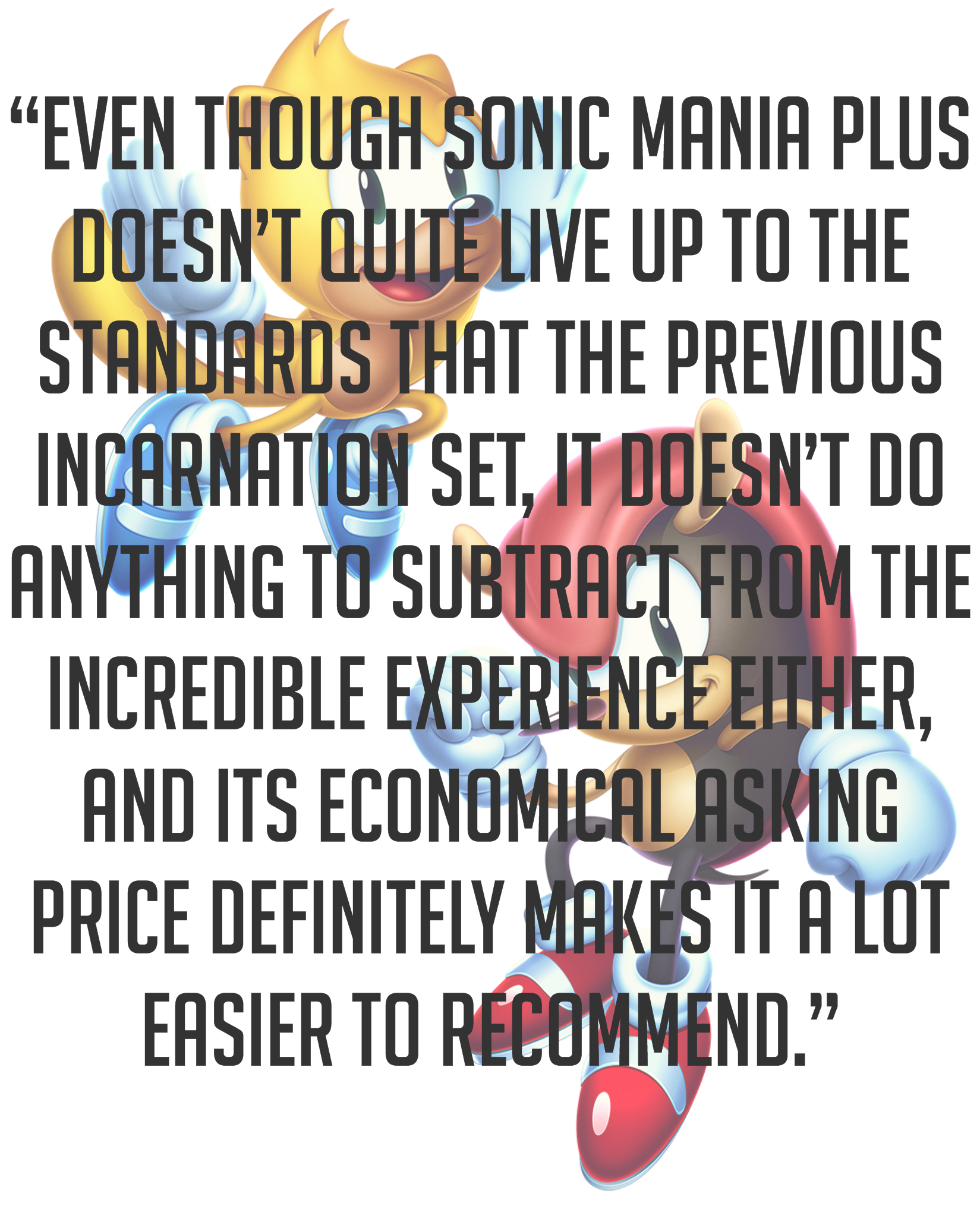 beginnings of the Encore Mode’s introduction, and two new bosses that are slightly tweaked versions of their original incarnation—that’s honestly it. Level design criticisms aside though, the core gameplay hook of Encore Mode does add an innovative twist that certainly benefits the admittedly all-too-familiar experience.
beginnings of the Encore Mode’s introduction, and two new bosses that are slightly tweaked versions of their original incarnation—that’s honestly it. Level design criticisms aside though, the core gameplay hook of Encore Mode does add an innovative twist that certainly benefits the admittedly all-too-familiar experience.
Waiting at the end of Angel Island’s shallow course-way, players will encounter the new characters, Mighty the Armadillo and Ray the Squirrel, where Sonic will then be pressed with the hard choice of who to pair up, kicking off the mode’s obscure buddy system. In Encore mode all characters are playable in a somewhat asymmetrical system, where two of the five critters will be available to play. Players will have the new ability to manually switch between the present heroes on the fly, while the other three speedsters hang back what can best be described in reserve, almost like they were a bunch of benchwarmers to the action on screen. See, instead of the traditional “lives” dynamic that Mania mode incorporated, Encore mode treats each character that’s recruited into the party as a “life,” disappearing from the group entirely the moment they sustain a lethal hit. The mechanic certainly changes the pace of the 2D Sonic formula in a more refreshing direction, but there are still some kinks in that hold it back from being something great.
Easily one of the biggest issues to the system is the level of autonomy that players have over the asymmetry of their playable roster. While players can effortlessly switch back between the two characters on screen, they’ll need to seek out unique power-up monitors specifically engineered for switching between the members of the sneaker-clad crew. While these restrictions to the group mechanic certainly add a cerebral twist on the conventional Sonic gameplay, the appeal of wisely choosing the right comrades to bring on-screen is ultimately lost to repetitive level designs that weren’t originally made with two-fifths of the ensemble, to begin with. The moments where Ray’s flying glide or Mighty’s imperviousness spike obstacles are actually conducive to the action are just honestly just too few and far between to naturally enjoy—more often than not, the novelty of these new critters will quickly run thin when their talents are deployed in courses that can’t fully utilize them. Not to say that the new characters aren’t welcome additions themselves though, as they definitely add to the pageantry of Mania’s fan-service heavy charm. When organically used, their abilities are a hoot to play around with—especially Ray’s gliding technique, which has an eerily similar feel to a particular Plumber’s super cape that was used in a certain 16-bit Jurassic adventure.
The only other addition of note in the new content is the four-player-split-screen competitive mode, and while it’s certainly a step-up from the previous version of the mode, it sadly keeps the trend of missed potential going strong. The most offensive omission is once again the lack of online connectivity; it’s strictly local multiplayer only. Nostalgic waxing is one thing, but tossing in a competitive more without any of the conscientious refinements that defined what made Mania so good in the first place manages to be even lamer the second time around. The only real new addition is the ability to add two more players, and as you could imagine, condensing the mayhem down to a four-screen real estate in the age of 2018 is just as appealing as it sounds.
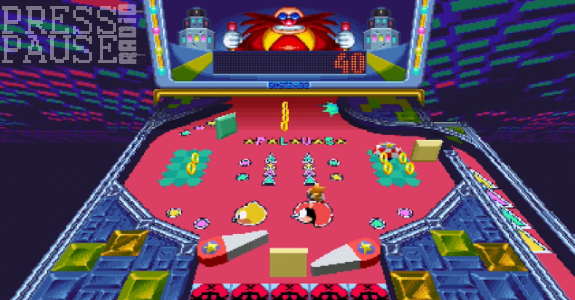
Surprisingly enough, the biggest advantage that the Plus content has going for it is its price point. For existing owners of Sonic Mania, the cost of admission to the Plus Extras is as little five dollars, which in all honesty, is still a great deal for the upgrade despite how lackluster it is. Folks who are totally new to Mania though have the option of getting it bundled together at twenty-five bucks, while console owners get the added choice of snagging new physical version for their respective platform, complete with an impressive art book that details all of the interesting odds and ends that went into conceptualizing the brilliant aesthetic of Sonic Mania.
Even though Sonic Mania Plus doesn’t quite live up to the standards that the previous incarnation set, it doesn’t do anything to subtract from the incredible experience either, and its economical asking price definitely makes it a lot easier to recommend. All in all, don’t get your hopes for something too special with Plus, because there are only empty calories there to tide you over until the true follow-up to Mania eventually reveals itself.
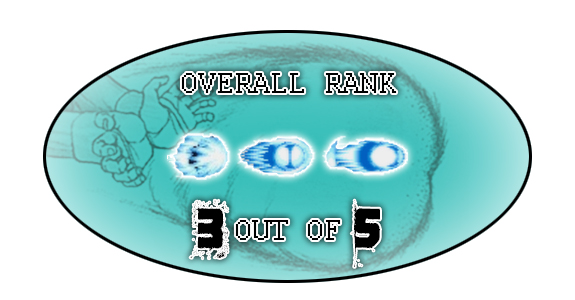





 GeorgieBoysAXE
GeorgieBoysAXE




